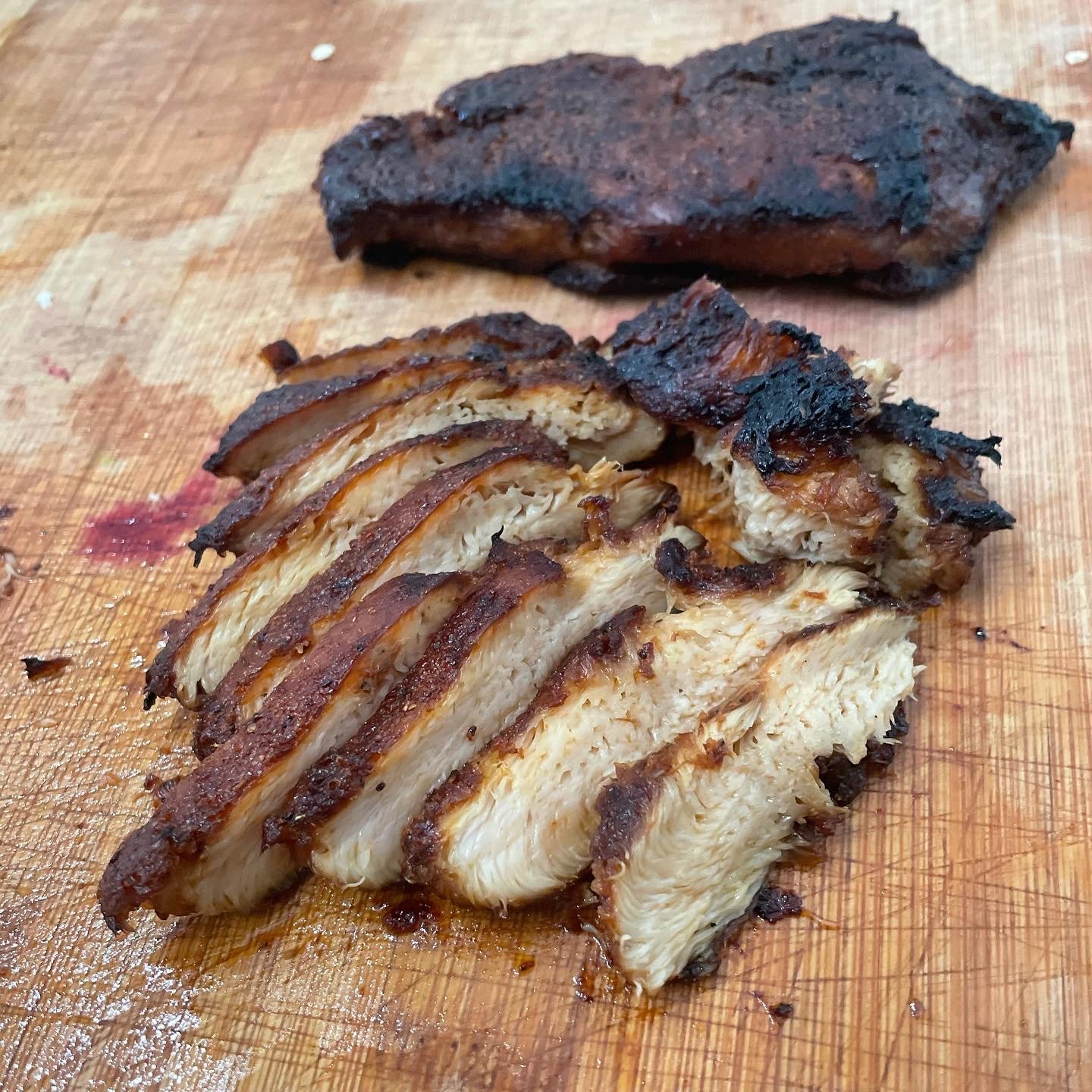The Maillard Reaction: How Cooking Mushrooms Enhances Flavor and Nutrient Availability
We all know mushrooms are a tasty, healthy addition to any meal, but did you know that raw mushrooms contain a mild toxin, agaratine, that’s deactivated by heat? While illness from eating raw mushrooms is super rare, cooking them is a win-win when it comes to nutrient availability and taste.
The Maillard reaction, also known as browning, is a chemical reaction between an amino acid and a reducing sugar that occurs when foods are heated (think, the tasty crust on meats after grilling, a perfectly golden-brown, toasted piece of bread, etc.) During the Maillard reaction, hundreds of new flavor compounds emerge, all unique to each individual food. How exactly does this reaction affect our fungus friends while cooking?
Unique “myconutrients” (mushroom micronutrients) contained in mushrooms add to their flavor profile, creating a special, coveted umami flavor. Umami is the fifth core flavor alongside sweet, sour, salty, and bitter, and literally translates to “essence of deliciousness.” Mushroom fibers produce a dense, meaty texture when cooked, providing a delicious and satiating alternative to meat, as well as making a tasty addition to any rice bowl, salad, pasta, or pizza. Try it for yourself, with our Black Pepper Oyster Mushroom recipe.
Apart from being tasty, mushrooms are chock-full of important nutrients, fiber, proteins, and other health-promoting constituents. But have you ever wondered how to get the most nutrients out of your mushrooms while cooking them? The International Journal of Food Sciences and Nutrition conducted a study to find the answer to this question back in 2017, looking at how different cooking methods (boiling, microwaving, grilling, and deep frying) impacted the nutritional profile of culinary mushrooms. You can read the full study here.
The study looked at white button mushrooms, shiitake mushrooms, oyster mushrooms, and king oyster mushrooms, and found that out of all of the options, the best option for nutrient retention while cooking mushrooms is grilling, although they’re still delicious and highly nutritious no matter the way you decide to cook them!
The bottom line? Cook your mushrooms to deactivate argaratine and to begin the Maillard reaction, bringing a delicious, umami flavor out. Mushrooms will add a unique and tasty component to any of your dishes, as well as a wide variety of health-promoting nutrients.


